Zappolino 32,000 Zappolino 7,000 Result Modenese Victory | Date 1325 | |
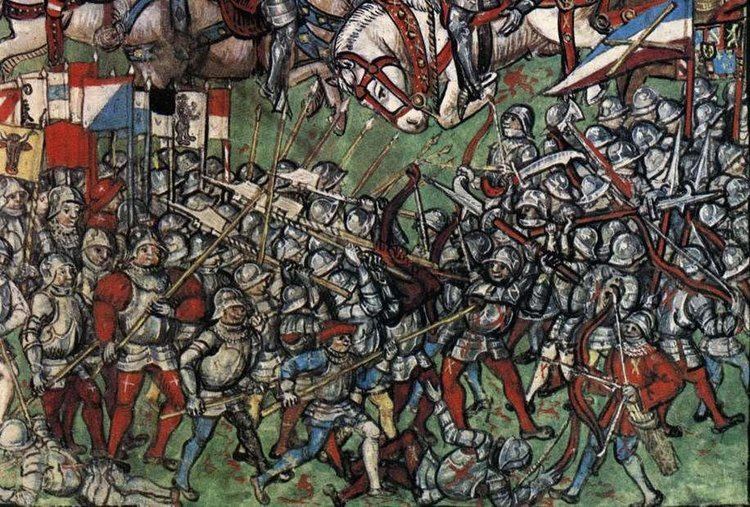 | ||
Similar Battle of Zappolino, Incident at Petrich, Emu War, Pig War, Three Hundred and Thirty | ||
Explained the war of the bucket
The War of the Bucket or the War of the Oaken Bucket was fought in 1325, between the rival city-states of Bologna and Modena. It took place in the Emilia district of northern Italy. It was provoked when Modenese soldiers stole the bucket from a city well, but was really an episode in the over 300-year-long struggle between Guelphs and Ghibellines. Modena won the Battle of Zappolino (the only battle of the war), and the bucket remains in Modena to this day.
Contents
- Explained the war of the bucket
- War of the bucket every day
- Background
- Battle of Zappolino
- Aftermath
- References
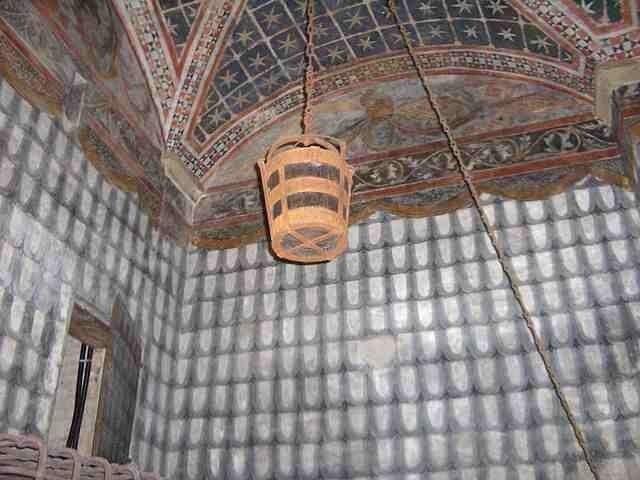
War of the bucket every day
Background
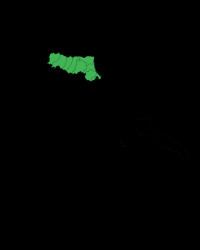
From the late Middle Ages until the Renaissance, northern Italy was divided between factions supporting the rival political claims of the Holy Roman Emperor ("Ghibellines") and the Pope ("Guelfs"). Modena was Ghibelline; Bologna was Guelph. This political difference exacerbated the natural conflicts over border territories.

In 1176, Frederick Barbarossa was defeated at the Battle of Legnano by the Lombard League, which supported Pope Alexander III. This was the start of a protracted period of conflict in Medieval Italy between the Guelphs and Ghibellines. From that year, the two opposing factions warred with each other. The town of Modena was a staunch supporter of the Holy Roman Empire, and pledged to be a Ghibelline city. The northern city of Bologna was a Guelph city, and it was led by the Popes because of their support for them.
In 1296, Bologna seized Bazzano and Savigno from Modena. Pope Boniface VIII confirmed Bologna's title that same year.
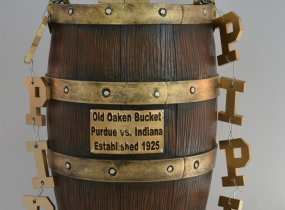
Azzo VIII d'Este, Marquis of Ferrara controlled Modena from 1293 to 1308 and confronted Bologna in part to bolster his lukewarm support among Modena's nobles. His elected successor, the Mantuan Passerino Bonacolsi, was an agent of Emperor Louis IV of Bavaria. He continued the Ghibelline war policy, with Parma and Reggio also under his power. Pope John XXII declared Bonacolsi a rebel against the Church, granting indulgences as befit a Crusader to any who could harm his person or his possessions.
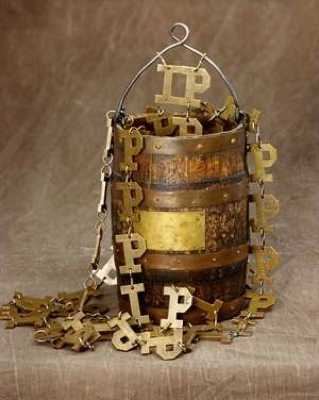
In the months before the battle, border clashes intensified. In July, the Bolognese entered Modenese territory and laid waste the fields in the section "between the canals", by fire and sword; in August a Bolognese rabble headed by their podestà spent two weeks ravaging other lands of Modena. In September the Mantuans took their turn, and at the end of that month, the strategic Bolognese rocca of Monteveglio was betrayed to Modena by malcontents; two renegade castellans were decapitated.
In this atmosphere of tension and hostility, some Modenese soldiers slipped into the center of Bologna, and stole a civic bucket filled with loot from the main city well in the center of Bologna. The humiliated Bolognese demanded the return of the bucket, and when that was refused declared war on Modena.
Battle of Zappolino
Bologna mustered an army of 32,000 men and marched against Modena in November. 7,000 Modenese under Bonacolsi met them at Zappolino, in Bolognese territory. The Bolognese were routed, fleeing into the walls of their city. About 2,000 men were killed on both sides. Some accounts state that the Modenese took a bucket from a well just outside a city gate as a trophy.
Aftermath
17th-century Italian poet Alessandro Tassoni composed the mock-heroic epic La secchia rapita on the events of the War of the Bucket.
An ancient wooden bucket is kept in the Torre della Ghirlandina in Modena to this day. It is said to be the bucket taken from Bologna before the battle, or afterward as a trophy.
After the war, Ghibelline power had risen up once again, but the wars weren't over. In 1447, the Ghibellines encountered failures when the Ambrosian Republic was created and broke down. The wars of the Guelphs and Ghibellines continue until 1529, when Charles I of Spain seized imperial power in Italy during the Italian Wars. Faced with the threat of a foreign invasion, the two factions made peace with one another.
